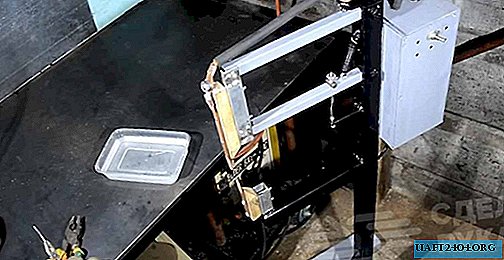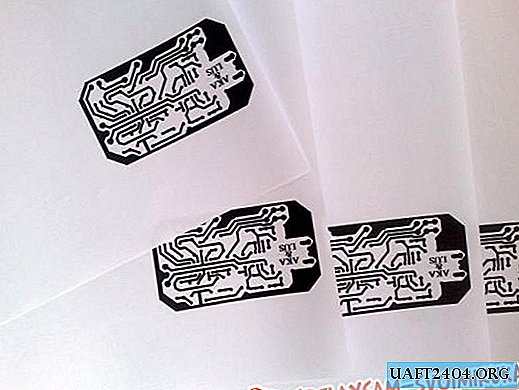Share
Pin
Tweet
Send
Share
Send

In electronic equipment, an electronic switch is part of the control device. It can be household appliances such as: a TV, a microwave, a monitor, a computer, an amplifier, etc., as well as industrial devices, power supplies, measuring instruments that can be easily controlled with one button without fixing the position of the contacts; this is much more convenient and simpler than use a conventional toggle switch, slide or jog dial. This switch can be used not only in any devices, it can also be switched on at a distance for something like lighting, an advertising sign, ventilation, etc. The isolation of the circuit is built on a relay and is completely isolated from the switching circuit.
Device diagram
One of these options is made on the well-known CMOS chip K155TM2.

When the button is pressed, the power is turned on and off 5–9–12 volts, depending on the coil operating voltage the relay is set to. In my case, the relay RES-9 of 1982 is capable of switching currents up to 3 amperes; optionally, it can be installed on high currents of 5-6-10-12 amperes, etc. The relay winding is included in the VT3 transistor circuit, which commutes with its contacts load corresponding to the parameters of this relay. Capacitor C1 is used to prevent false contacts, and the LED is needed so that you can visually control the operation of this circuit (if the device is turned off, the LED does not light, and if it is on, it lights). The advantage of the circuit is that it practically does not consume current from the power source in the off state.

The whole circuit is made using domestic components, which is an important advantage among hams, so for many it will be available for repetition.
Printed circuit board
The circuit board was designed in the Deep Trace program. Also, according to the template, you can redraw it in the good old "Sprint Layout."


Details

The K155TM2 chip (K555 TM2 or KM155 TM2) can be replaced with a foreign analogue of SN7474N or SN747J, all low-power resistors are 0.25 W, resistor R6 is selected independently for the LED, depending on what supply voltage needs to be applied to the circuit. This can be calculated in the online calculator "Calculation of the resistor for the LED." The KT315 transistor can be replaced with KT3102 with any letter index or imported 2N2712, KT503 with 2SA1815 BC639, KT972 with BD875 or BD877, any Zener diode VD1 for stabilization voltage of 5 volts with a power of 0.5 watts (in my case there is a Soviet d815a), a diode VD2 can be replaced with imported 1N4148, any button without fixing the position of the contacts.
Ready device.


Test in action
The whole circuit is powered by 5 volts, for this a lithium-ion battery with a converter is used. A power supply unit with an incandescent lamp is connected in series in the load circuit.

When the button is pressed once without holding, the lamp lights up and remains in this state until the button is pressed again.

Also, the LED on the board indicates the status of the circuit: on or not.


More details about this design can be seen in the video below.
Share
Pin
Tweet
Send
Share
Send











